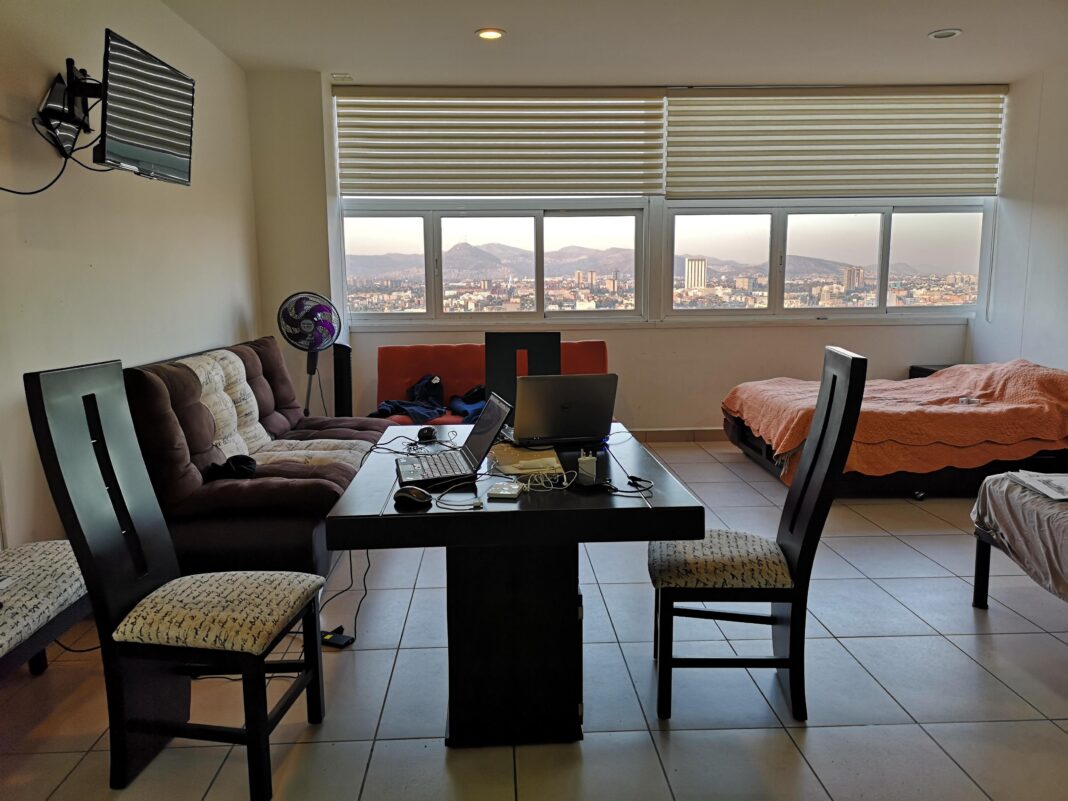The decision to furnish or not to furnish rental properties is a significant one for buy-to-let landlords. In Newport, a thriving city with a diverse rental market, experienced letting agents based in Newport often counsel landlords on this very dilemma. Understanding the local market dynamics and tenant preferences is crucial in making this decision. Here, we delve into five key considerations that landlords should weigh before deciding whether to offer their property furnished or unfurnished.
- Understanding Tenant Demographics
Different tenant demographics have varying needs and preferences when it comes to furnished or unfurnished properties. For instance, students and young professionals often prefer furnished properties as they might not own much furniture and are looking for convenience. On the other hand, families or long-term tenants may prefer unfurnished properties as they likely have their own furniture and wish to personalise their living space. Landlords should assess the prevalent tenant demographics in their property’s location and consider their typical preferences.
- Rental Yield Considerations
Furnished properties can often command higher rent, especially in areas with high demand for such properties. However, landlords must balance this with the initial cost of furnishing the property and ongoing maintenance and replacement costs. Letting agents based in Newport can provide insights into local rental yields for furnished versus unfurnished properties, helping landlords make a financially sound decision.
- Length of Tenancies
The length of the tenancies you are targeting can influence whether to furnish your property. Short-term rentals or holiday lets are typically furnished, as tenants expect a fully equipped living space for their temporary stay. For longer-term rentals, tenants may prefer unfurnished properties, giving them the opportunity to make the space their own. Landlords should consider their desired tenancy length and how this aligns with furnishing decisions.
- Wear and Tear and Maintenance
Furnishing a property means that landlords take on the additional responsibility of maintaining these items. Over time, furniture and appliances will experience wear and tear and will need to be replaced. This not only adds to the expense but also requires time and effort for upkeep. In contrast, unfurnished properties transfer much of this responsibility to the tenant, potentially reducing the landlord’s maintenance burden.
- Market Trends and Competition
Understanding the local rental market is crucial. In some areas, there may be an oversupply of furnished properties, making unfurnished properties more appealing, or vice versa. Landlords should research local market trends and consider how their property compares to others in the area. Working with experienced letting agents in Newport can provide valuable insights into current market trends and what tenants in the area are looking for.
- Flexibility and Adaptability
The ability to adapt to changing market conditions is crucial for landlords. In some cases, offering a property either furnished or unfurnished, based on tenant preference, can be a unique selling point. This flexibility can broaden the appeal of the property, attracting a wider range of potential tenants. Experienced agents can offer advice on how flexible you should be based on current market demands.
- Insurance Implications
Insurance coverage can vary significantly between furnished and unfurnished properties. Furnished properties may require more comprehensive contents insurance to cover the cost of replacing furniture and appliances in case of damage. Landlords should consult with insurance providers to understand the implications and ensure they have adequate coverage.
Conclusion:
Deciding whether to furnish or leave a property unfurnished is not a one-size-fits-all decision and depends on various factors, including tenant demographics, rental yield, length of tenancies, maintenance considerations, and market trends. By carefully considering these aspects and seeking advice from experienced letting agents, landlords can make an informed decision that suits their investment goals and the needs of their potential tenants. This strategic approach will not only enhance the appeal of their property but also ensure a rewarding and sustainable rental arrangement.

